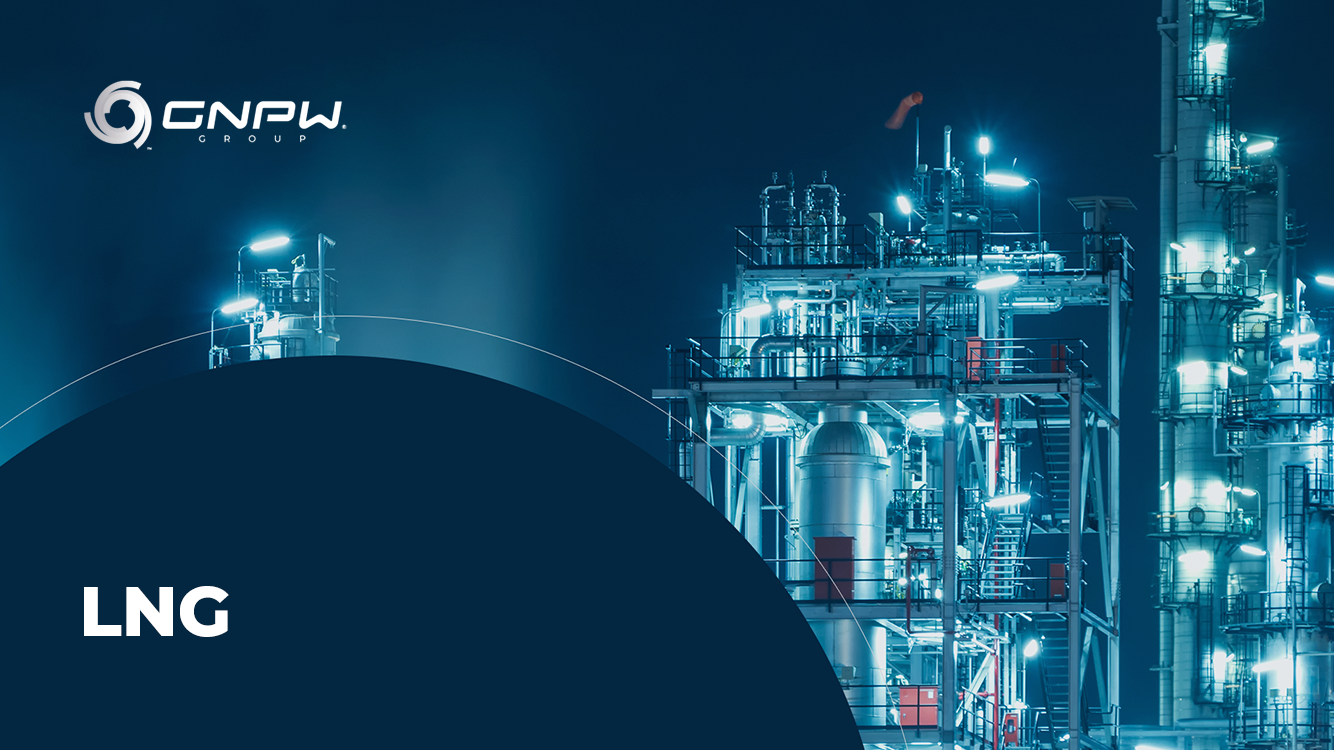LNG is rated to be the source of transition in Brazil and the world. According to EPE, the supply growth in the country is expected to grow 45% in the next decade.
Liquefied natural gas (LNG) is produced from a cryogenic process, in which natural gas is filtered and cooled to -162ºC, reducing its volume by up to 600 times. With this process, it is possible to transform the gas into liquid, making it easier to store and transport.
This source has the potential to continue attracting investments for power generation and gas distribution in the interior of the country and along the coast. With partnerships with the private market, there is an expectation of expanding multimodal logistics, taking gas to regions that are difficult to access and promoting cabotage transport. Better understand the perspectives of the sector and the advantages and disadvantages of this source.
What are the advantages and disadvantages of using LNG?
LNG has a number of advantages. First of all, the source is a great transition energy for several countries like Brazil. Another point is the competitiveness of the source’s value in relation to other fuels, such as diesel, ethanol and gasoline, which stimulates the market.
LNG can also be replaced by diesel in the use of fuel for trucks and ships. In other words, LNG as a central fuel for the transport sector, is an excellent substitute for conventional fuels. After all, it contributes to environmental sustainability, considerably reducing CO2 emissions, as well as reducing costs related to fuel costs.
In the case of the electricity sector, this insertion of gas in the matrix would lead to an even greater reduction in the average price, since renewable sources would also decrease prices over the years. However, for the market to gain the necessary space, it is essential that the implementation of the infrastructure occurs in a competitive and fast way.
As a disadvantage, the source is a fossil fuel, therefore, it still emits CO2 into the atmosphere. However, when used as a transitional energy source, the number of tons of gas emitted per year is already decreasing and points to a new outlet.
Why has there been an increase in demand around the world?
Although there is a very strong movement for the transition from the use of fossil fuels to clean and sustainable energies, there are many countries that do not have technology or energy infrastructure, to make this transition directly. For this reason, it is necessary for a fuel to establish itself as a transitional energy source, and this is the case with LNG.
Even though the pandemic has created a decrease in the use of fossil fuels, the expectation is that the gas supply may double in the next 10 years, making the price more competitive. In general, the sector sees the market experiencing a good moment both in Brazil and in the world. LNG has already conquered the Asian market, mainly Japan, South Korea and China.
In Brazil, the development of the source is associated with the pre-salt fields and the simplification of sector laws to leverage the source. There is already a strong tendency to use this fuel as a transition option, mainly for the supply of trucks and ships. The number of trucks with gas technology is already increasing in Brazil and the LNG distribution companies intend, by 2022, to expand the product offer to the whole country.
According to PDE 2029, the net production of natural gas will rise from 83 million m³ / day in 2020 to 138 million m³ / day in 2029. The projected national potential supply of the integrated network will increase from around 54 million m³ / day in 2020 to approximately 86 million m³ / day in 2029. Therefore, to keep up with such growth, investments must be focused on supply infrastructure, such as LNG terminals, UPGNs and pre-salt flow routes.
Still have doubts about investments in LNG? Then contact us.

Comment